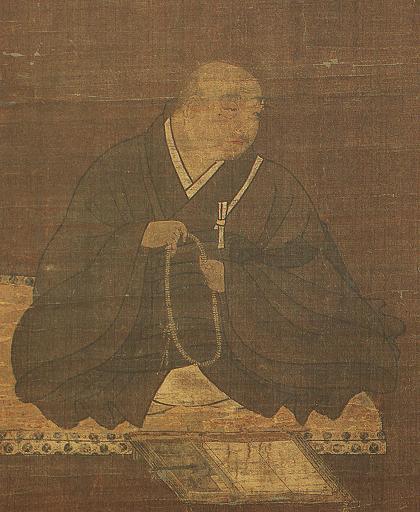Suggested Topics within your search.
Suggested Topics within your search.
Hōnen
 , May 13 (April 7), 1133 – February 29, 1212}}, also known as Genkū, was the founding figure of the , the first independent branch of Japanese Pure Land Buddhism.
, May 13 (April 7), 1133 – February 29, 1212}}, also known as Genkū, was the founding figure of the , the first independent branch of Japanese Pure Land Buddhism.Hōnen became a Tendai initiate at an early age, but grew disaffected and sought an approach to Buddhism that all people of all classes and genders could follow, even during the current Age of Dharma Decline. After reading Shandao's Commentary on the ''Amitāyus Contemplation Sūtra'', Hōnen devoted himself to attaining birth in the pure land of Amitābha Buddha (Amida) through the practice of "recitation of the Buddha's name" (Jp: nembutsu) and to spreading this teaching among all people.
Hōnen gathered a wide array of followers and attracted numerous critics. He taught them all the simple practice of reciting "Namo Amida Butsu" while entrusting oneself to Amida's universal vow power. Hōnen's Pure Land teaching was very popular among laypersons, and was a major influence on the Buddhism of the Kamakura period. He was the first Japanese author to have his writings in Chinese and Japanese printed in the history of Japanese Buddhism.
After receiving many criticisms of Hōnen from various rival traditions and following an incident at court, Emperor Tsuchimikado exiled Hōnen and his followers in 1207. Hōnen was eventually pardoned and allowed to return to Kyoto, where he stayed for a short time before his death. Hōnen was a teacher to Shinran, the founder of Jōdo Shinshū, the other major Japanese Pure Land tradition. As such, he is also considered the Seventh Patriarch in the Shinshū tradition. Provided by Wikipedia
-
1